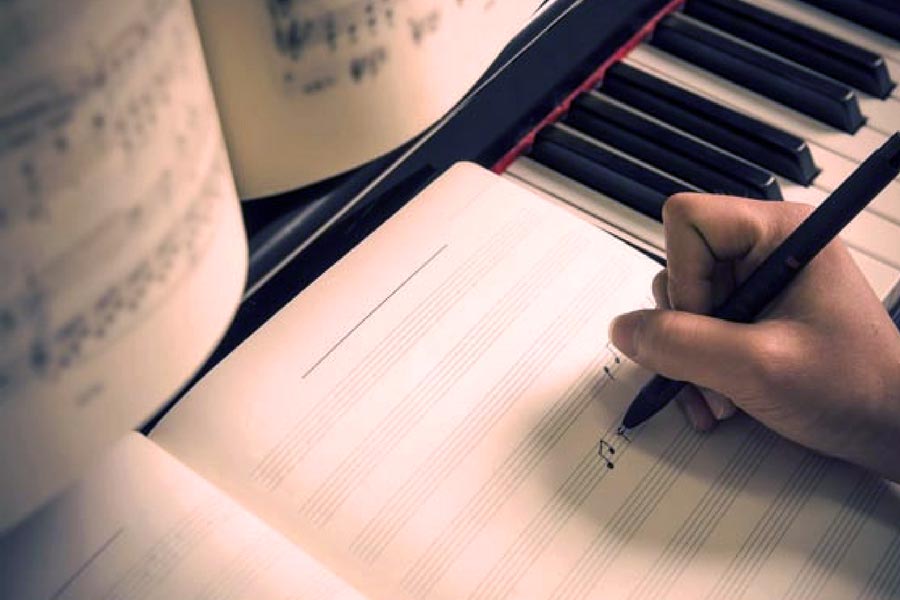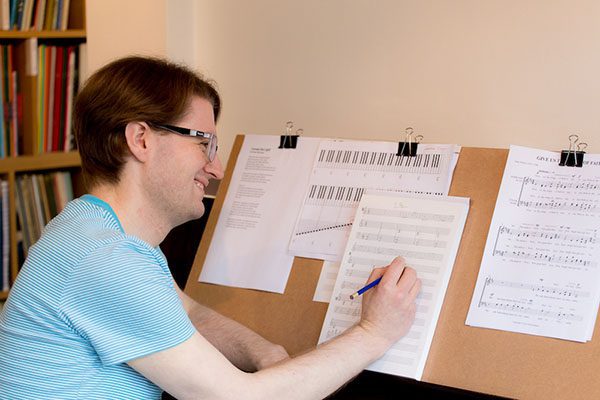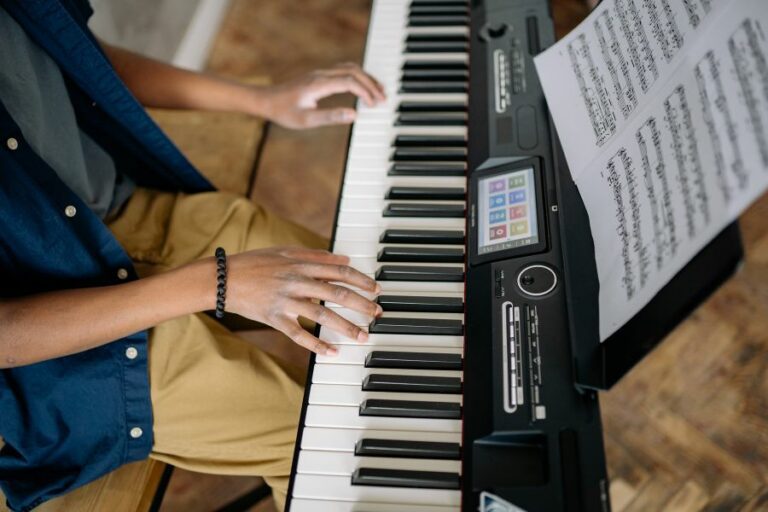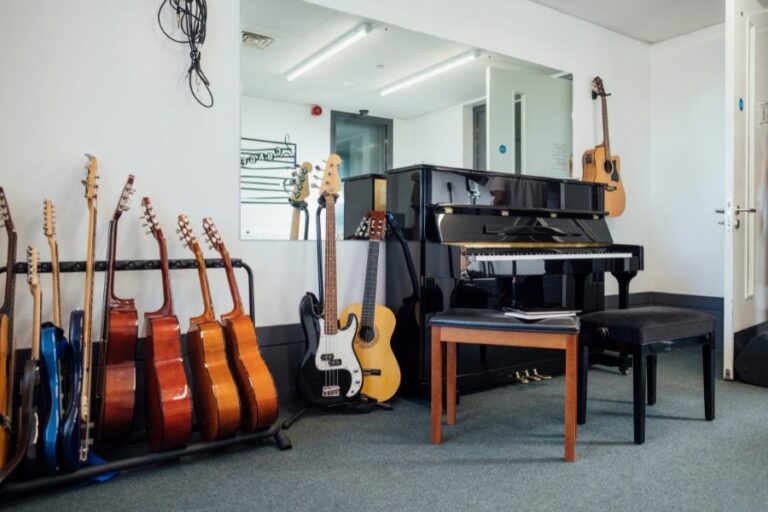Getting started with a new music composition can feel daunting: where do the ideas come from in the first place? If you’re staring at a blank page or screen, I’ve put together seven places to find composition inspiration with a range of examples. I’ve intentionally not gone into great detail about each piece but hope that you will feel motivated to go on your own journey to explore the music and composers.
1. Image
Many composers have been inspired by a piece of artwork or particular aspect of a painting, from Sergei Rachmaninov’s Isle of the Dead (1909) to Errolynn Wallen’s The Frame is Part of the Painting (2019), inspired by a stamp Wallen noticed in an artists’ studio…
Here are four more examples of music influenced by an image:
Blue Sky and Wheatfields (2022) by Howard Goodall
British composer Howard Goodall composed Blue Sky and Wheatfields as a tribute to the people of Ukraine. He was inspired by a painting of the same name by Simon Fairless.
Pictures at an Exhibition (1874) by Modest Musorgsky
Russian composer Musorgsky was inspired to compose Pictures at an Exhibition following a memorial exhibition for his friend and artist Viktor Hartmann. The promenade theme portrays someone walking round the gallery and is alternated with sections depicting various paintings (see below The Great Gate of Kiev and Ballet of the Unhatched Chicks).
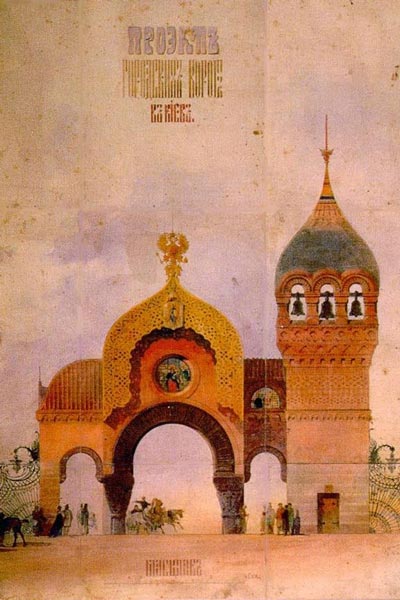
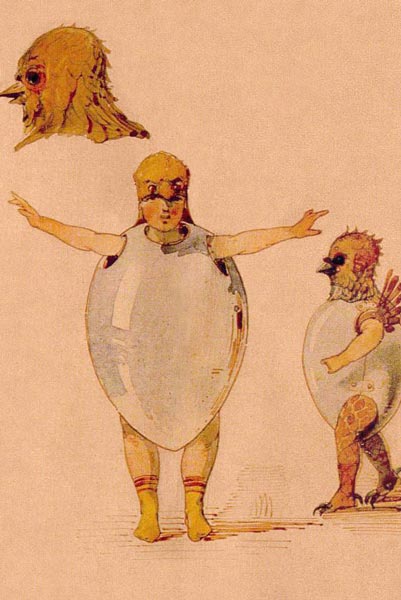
Andy Warhol (1971) by David Bowie
British singer-songwriter David Bowie was fascinated by American pop artist Andy Warhol and was inspired to write a song about him. The pair only met once and Bowie took the opportunity to perform his song to Warhol – and he reportedly hated it!
Sunday in the Park with George (1983) by Stephen Sondheim
The painting A Sunday Afternoon on the Island of La Grande Jatte by Georges Seurat (shown below left) inspired Stephen Sondheim to compose the music for the show Sunday in the Park with George which won numerous awards including the 1985 Pulitzer Prize for Drama, two Tony Awards for design (and a nomination for Best Musical), numerous Drama Desk Awards and the 1991 Olivier Award for Best Musical.
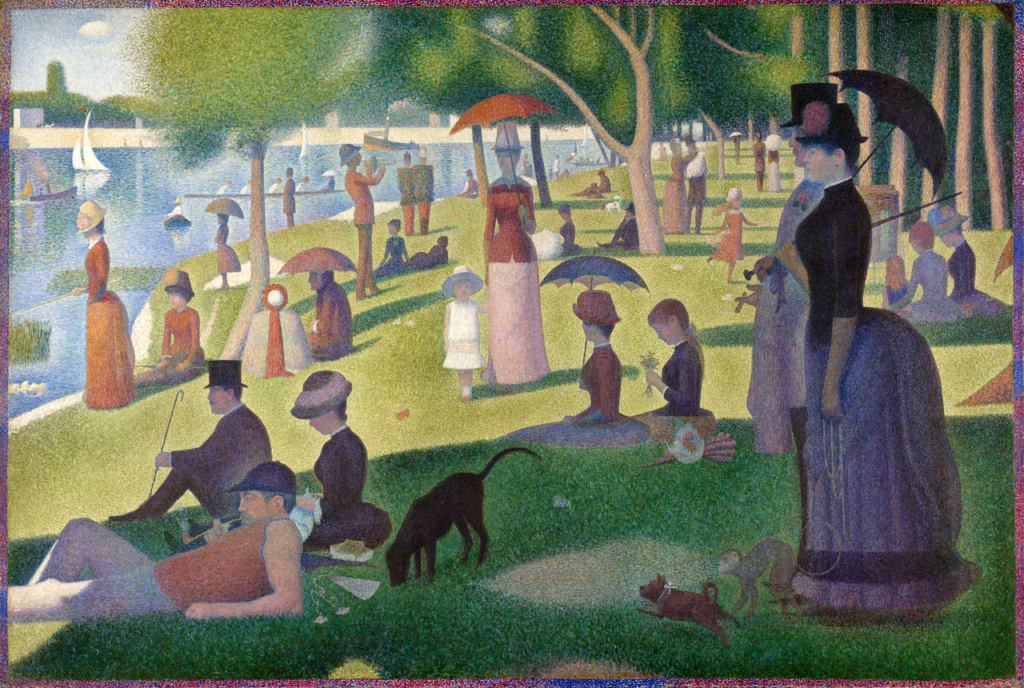
2. Text
Poetry, religious texts and literature have long been the inspiration for musical works and can be a good starting point for composing, whether you set the words to music or use the the text to guide your musical ideas for an instrumental piece.
By the Still Waters (1925) by Amy Beach
American composer Amy Beach (1867 – 1944) took inspiration from the Book of Psalms in the King James Bible for this solo piano work, By the Still Waters (1925).
From the Book of Psalms (Psalm 23):
“He maketh me to lie down in green pastures,
He leadeth me beside the still waters,
He restoreth my soul … ”
Wuthering Heights (1978) by Kate Bush
Emily Brontë’s intense novel set on the Yorkshire moors was the inspiration for British songwriter Kate Bush’s song Wuthering Heights. Written when she was just 18, the song became a No 1.hit and was the first single written and recorded by a female artist to top the British charts.
The Dream of Gerontius (1900) by Edward Elgar
John Henry Newman’s poem The Dream of Gerontius that tells of a soul’s journey through death, was well-known to Elgar and when the composer was asked to write a major work for the Birmingham Triennial Music Festival in 1900, he turned to this text.
WAKE (for Grenfell) by Cassie Kinoshi
Composer Cassie Kinoshi wrote WAKE (for Grenfell) to commemorate the many lives lost in the Grenfell Tower Fire in 2017. She used words from the poem Wake by Langston Hughes:
Tell all my mourners
To mourn in red —
Cause there ain’t no sense
In my bein’ dead..
The Lark Ascending (1914) by Ralph Vaughan Williams
Ralph Vaughan Williams was inspired by the poem The Lark Ascending by George Meredith and composed the original work for violin and piano, though later arranged it for solo violin and orchestra.
3. Event
Events can be a great stimulus for composing because there are usually quite specific details which can be drawn on musically. Here are five very different events which have inspired composers:
Coronation of King Charles III
In 2023 Charles III was crowned King of the United Kingdom and for the ceremony, commissioned 12 new works, including Coronation Kyrie by Paul Mealor and Coronation March by Patrick Doyle.
9/11
The 9/11 terrorist attacks which were carried out in 2001 in New York shook the whole world. Amidst the grief and outrage, an unlikely story of humanity at its best emerged, which was the inspiration for an award-winning musical: Come From Away.
Seven thousand passengers were stranded in the small town of Gander in Newfoundland and, as mobile phones weren’t commonplace at the time and communication networks were disrupted, they had no idea why they had been rerouted. The residents of Gander invited these passengers into their homes and shared their lives with them for a few days.
War
Throughout history, conflict has been a stimulus for creating music. Here are two very different examples: the Royal Firework Music (1749) by G.F Handel was composed to celebrate the end of the War of the Austrian Succession and performed in Green Park, London for the firework display.
Welsh composer Karl Jenkins was commissioned to write The Armed Man, by the Royal Armouries Museum and it was dedicated to victims of the war in Kosovo.
Protest
Protest music is music which is connected to a social protest movement and is a whole topic in itself! However, here are two contrasting examples to start us off:
The Manic Street Preachers recorded If you Tolerate This Then Your Children Will be Next (1998) inspired by real-life events from the Spanish Civil War.
Peter Maxwell Davies composed Farewell to Stromness as a protest against the proposed construction of a uranium mine on the Orkney Islands where he lived.
Pandemic
Perhaps an unusual source of inspiration but the Covid-19 pandemic provided rapper ‘Psychs’ with material for a drill track spreading awareness about the Corona virus. Read the BBC report about Psychs – Spreadin’ (Coronavirus).
4. Place
Have you ever visited a place which took your breath away because it was so beautiful? Or somewhere which had a unique quality that could be found nowhere else in the world? Composers have long been inspired by places they have visited or have a connection with, and here are three examples to listen to:
- Luxor Temple by Hayat Selim
- Seven Wonders Suite by Stuart Mitchell
- Hebrides Overture (Fingal’s Cave) by Felix Mendelssohn
5. Journey
Journeys can be exciting – the mode of transport, what you see and experience along the way, the unexpected sights and potential drama…here are three composers who wrote very different musical interpretations of a journey:
Different Trains (1988) by Steve Reich
As a boy, Steve Reich regularly travelled on the train from New York to Los Angeles during World War II. He later considered that, as a Jew, this journey would have been very different had he been in Europe at the time.
Different Trains was a pioneering work because Reich used recorded voices and derived melodic material from the speech patterns.
Journey to Love by Khadija Zeynalova
Khadija Zeynalova was born in Azerbajan and later moved to Germany to study music composition. It was not an easy move and she found the new culture difficult to adjust to. Her homeland often inspires her chamber music compositions and Journey to Love, written for tar (lute), vibraphone and cello explores the often hostile natural environment of Azerbajan. Read more about Journey to Love by Khadija Zeynalova.
The Little Train of the Caipira (1930) by Villa-Lobos
Brazilian composer Heitor Villa-Lobos was inspired by a journey he took to Sao Paulo and composed The Little Train of the Caipira:
6. Existing pieces
Existing music can provide inspiration for music composition and here are three examples of composers ‘rethinking’ original pieces. These are not arrangements of the original material as such, but composers taking inspiration to create something new.
Troubled Water (1967) by Margaret Bonds
African-American composer Margaret Bonds based her solo piano piece Troubled Water on the spiritual Wade in the Water and created a virtuosic work, only recently being rediscovered and performed.
Fanfare for the Uncommon Woman (1987-2016) by Joan Tower
Unsurprisingly, Fanfare for the Uncommon Woman was inspired by Aaron Copland’s Fanfare for the Common Man. Tower wrote a series of short pieces over a period of 29 years, as a tribute to “women who take risks and are adventurous” – each one is dedicated to an inspiring woman in music.
Young Person’s Guide to the Contemporary Ensemble (2024) by Hilda Paredes
London-based Mexican composer Hilda Paredes was commissioned to write Young Person’s Guide to the Contemporary Ensemble by Birmingham Contemporary Music Group (BCMG) to be performed in Birmingham Town Hall. The piece is inspired by Benjamin Britten’s popular work Young Person’s Guide to the Orchestra, where each section of the classical orchestra has its turn in the limelight. Paredes intends that the work will be interactive with musicians moving around the space and taking on roles like characters in a play. Find out more about Young Person’s Guide to the Contemporary Ensemble.
6. Abstract ideas
“After silence, that which comes nearest to expressing the inexpressible is music”.
Aldous Huxley
Some things are too big, weird or unfathomable to explain or talk about. But…can be the ideal inspiration for composition! Let’s look at three composers (or seven, as “The Elements” has five composers) …
Instellar Space (1974) by John Coltrane
Interstellar Space is an extended duet (drums and tenor saxophone) and originally consisted of four tracks – Mars, Venus, Jupiter and Saturn.
The Elements (2023) originated by Joshua Bell
World-acclaimed violinist Joshua Bell commissioned five composers to create a new work The Elements. Each movement represents an element: Fire; Earth; Water; Space; Air.
Find out more and hear from each composer of The Elements by Joshua Bell.
Dreaming a life (1996) by R Carlos Nakai & William Eaton
Musicians R.Carlos Nakai and William Eaton create music that celebrates the rich traditions of the peoples of the Americas – the tracks on their album Ancestral Voices have titles such as ‘Unfolding Sky’, ‘Beyond the Edge’ and ‘Making Thunder’.



